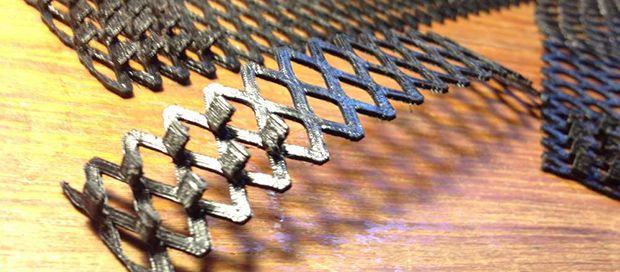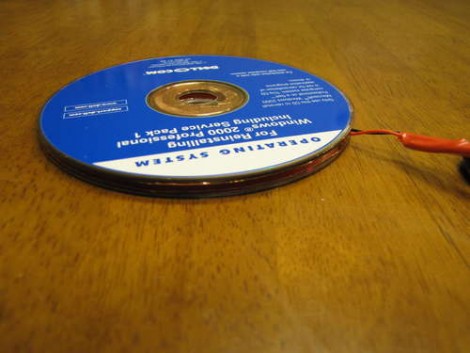[Teaching Tech’s] latest video discusses “3D printed Velcro.” But as even he admits, Velcro is a trademark, so we think it is more appropriate to talk about hook and loop fasteners. In fact, you can see the good-natured official video about the trademark below [Teaching Tech’s] video. Regardless, his experiments with several 3D-printed Vel… fastener designs are worth watching.
Some of the designs were rather large, like we would have expected. However, some of the designs were fairly small and looked almost like real Velcro. However, since the pattern is not as random as the fabric portions of the real deal, it seems like alignment between parts is more critical when you are joining the two halves.
Continue reading “3D Printed — Um — Hook And Loop Fasteners”

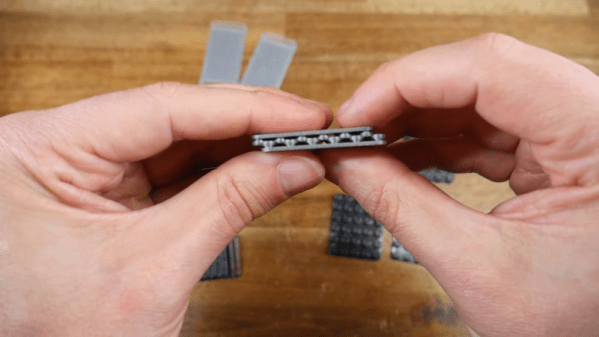
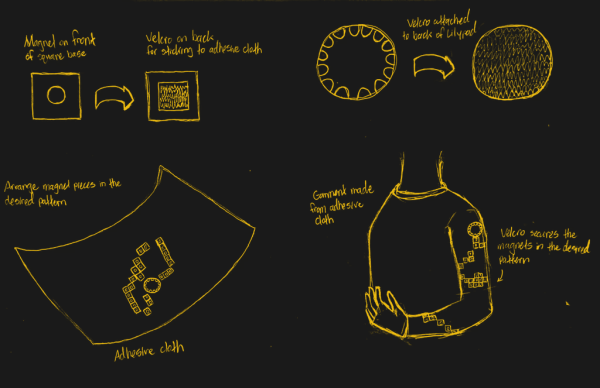
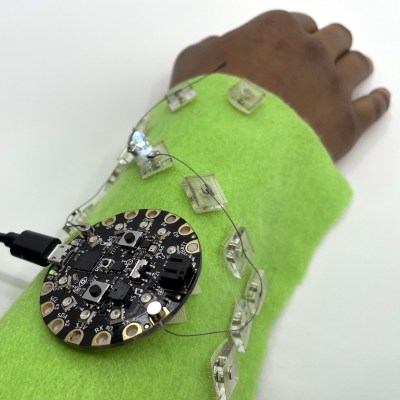


 Before this project, [David]’s office had a fairly terrible system to tell everyone who was in the office, who was out, and who wasn’t coming in today. Velcro and whiteboards will do the job, but arcade buttons and LEDs called to [David], leading him to create this
Before this project, [David]’s office had a fairly terrible system to tell everyone who was in the office, who was out, and who wasn’t coming in today. Velcro and whiteboards will do the job, but arcade buttons and LEDs called to [David], leading him to create this 